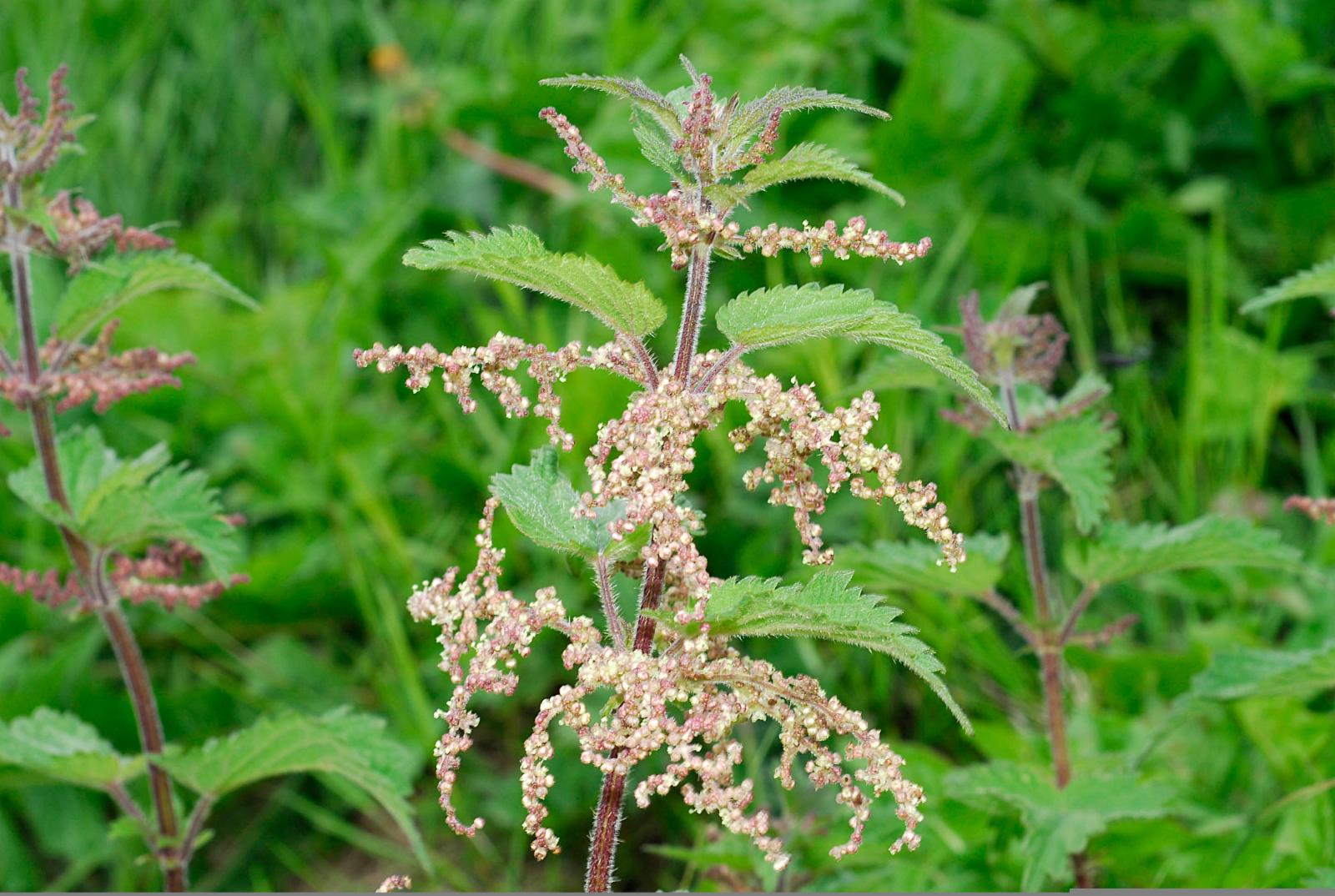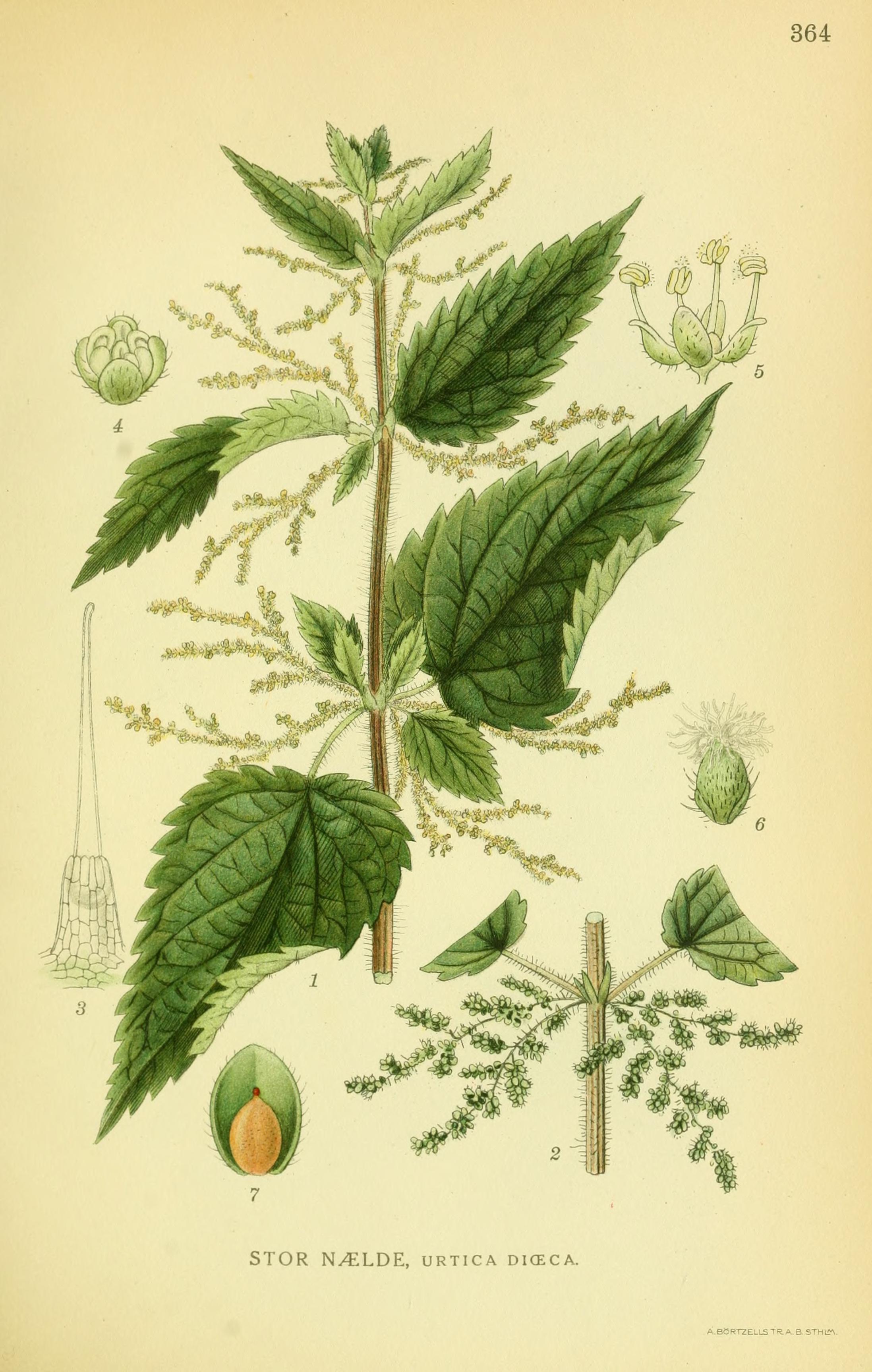Gruppa har en kosmopolitisk, men hovedsakelig temperert utbredelse. De fleste artene er urtelignende stauder. Many species have stinging hairs and may be called nettles or stinging nettles, although the latter . Arten har eggrunde, grovtannete bla og både hann- og . There are naturalised populations in several .

It is in leaf 11-Mar It is in flower . Formic Acid Formic acid is one of the chemicals present in nettle stings, along with histamine and acetylcholine. Of these are accepted species names. WHAT IT DOES: Stinging nettle leaf is bitter in taste and cooling in action. Urtica dioica (stinging nettle).
Since ancient times, people have taken advantage of this sting by. Citation for this treatment: Robert E.

Ullucus tuberosus Caldas (2) Ullucus tuberosus Lozano – see U. Herbs , perennial, rhizomatous, 5-dm. Stems simple or branche erect or sprawling. California nettle, slender nettle, tall nettle, stinging nettle. Finn veibeskrivelse, kontaktinfo , regnskapstall, ledelse, styre og eiere og kunngjøringer. Identify stinging nettle via its pictures, habitat, height, flowers and leaves.
The Common, or Stinging Nettle is one of the most well-known plants in Britain. Dried cut or fragmented aerial parts of the plant collected or harvested during the flowering . Dioica gives reference to the fact that flowers on these plants are diecious, that is, male and female . European Food Safety Authority (EFSA) reference(s):. Species Description: General: Strongly rhizomatous perennial 1-m. Fundamental facts about urtica urens, and its important role in homeopathy. Drawing of the leaves, flowers, seed and stinging hairs.
Annual herbs with stinging hairs. Stems erect but weak and often supported by surrounding plants, generally . Though everyone knows that brushing the plant will cause an uncomfortable burning .

Reasoning Behind Classification. This plant has poison characteristics.




%20(2).jpg)